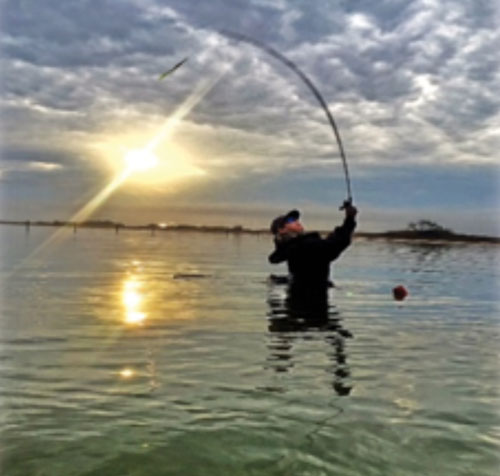
Areas where there have been a lot of rain can form extra strong current and whirlpools that can drown people walking, swimming or boating in the water. People tend to overestimate their skills and underestimate the forces of the water. The areas can give the appearance of serene and harmlessness. When water flowing is coming over the crest the water goes straight down, hits the bottom, then bounces back upward and back near the top, the current gets drawn back toward the source of the falling water and creating loop. In addition to being trapped in the currents, the water is dangerous because people can get hit by debris that are flowing in the currents. The currents and debris make it extremely dangerous for rescuers as well.
Now rip currents are total different then just flow of currents. Rip currents is a specific kind of water current which can occur near beaches with breaking waves. A rip is a strong, restricted, and narrow current of water which moves away from the shore, through the lines of breaking waves running out of the bay, and is strongest at the surface of the water. A rip current forms because wind and breaking waves push surface water inward towards land, and this causes a slight rise in the water level along the shore, which will tend to flow back to the open water by the route of least resistance. When there is a area that is slightly deeper or a break in an offshore bar or reef, it allows water to flow offshore more easily, and a rip current will be through that gap. Water that has been pushed up near the beach flows along shore towards the outgoing rip as feeder currents, and then flows out at approximately a right angle to the beach in a tight current called the “neck” of the rip, where the flow is most rapid. When the water in the current reaches outside of breaking waves the flow scatters to the side and loses power and dissipates. Sometimes the location of rip currents can be difficult to predict. While others you can anticipate it will recur in the same place, such as San Luis Pass.

That water isn’t going to stop and people get tired. Even people who believe they are strong swimmers should be cautious of the current, especially during conditions with heavy rains. Also, many beaches have signs or flags advising of the conditions. In a rip current, death by drowning, it occurs when a person has limited water skills and panics, or when a swimmer persists in trying to swim to shore against a strong currents, thus eventually becoming exhausted and unable to stay afloat. Please, stay cautious at all times and aware of the water. If you’re questioning the water currents just stay out and don’t risk it.
Good Luck Hunting Them Trophy’s and Safe Adventures,
Cassie Riner, Pro Angler’
